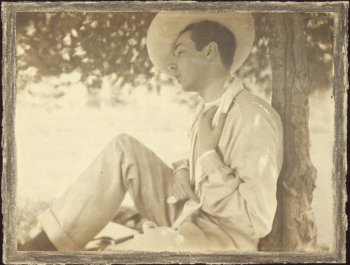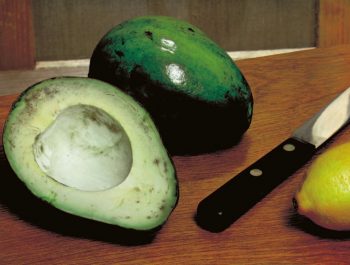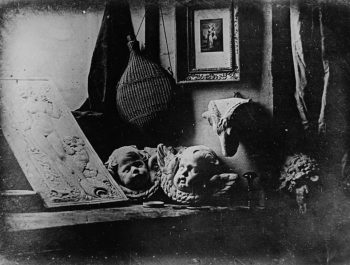History Of Photography – Archer and Cameron
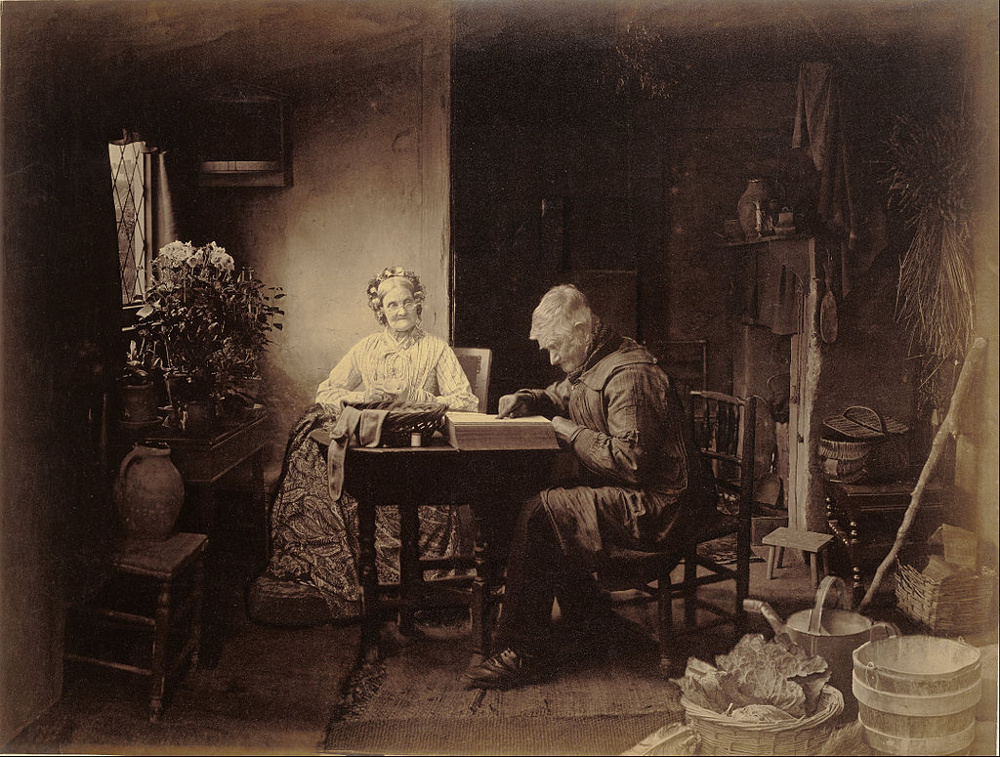
In 1851, Frederick Scott Archer invented the wet plate collodion process. This involves flowing a clear gel (collodion) across a glass or metal plate, sensitizing it, and then exposing, while still wet (hence the name), the resulting light-sensitive plate.
This process provides a highly detailed negative image when performed on clear glass. These negatives can be quite large. While the process is more cumbersome than the calotype process, it has the singular virtue of producing a negative on glass rather than paper. Archer had combined the sharpness of the daguerreotype with the reproducibility of the calotype. This process, despite its various technical challenges, ushered in the age of what we think of as artistic black and white photography.
Photographers could now make black and white photographs, with as much clarity and detail (or not) as desired, and reproduce the images as many times as desired. These are still a long way from color emulsions, of course, and these emulsions are not very sensitive. Nor are they sensitive to all of visible light.
Still, the pictures are this point began to resemble what we think of as black and white photography, and both the chemistry and equipment were sufficiently flexible to allow a reasonable degree of creative control.
Photographers were able to begin thinking about depth of field, about where focus should be placed, about how one might print these pictures in ways that reveal something artistic rather than simply recording what was there.
In 1864, Julia Margaret Cameron took up the hobby of photography, using Archer’s process to make portraits of the people, mostly people in her social circle. Indeed, at this moment in history, the wet plate with its photographic properties of sharpness combined with reproducibility was the standard process for photography. Cameron was slightly late to the game, perhaps, but was there in the thick of it for the 11 years her career spanned.
The leading voices and practitioners of photography at this time were interested in the photograph’s ability to reproduce detail. Seeking a basis for their artistic aspirations, they found their artistic inspiration in painting. Accordingly, they are producing detailed and fairly “busy” photographs. The frame is, often as not, crammed with details, all clearly rendered. Henry Peach Robinson, a leading voice of the time, admired among other painters Sir. David Wilkie, and arguably took his lead as much from that painter as anyone else.
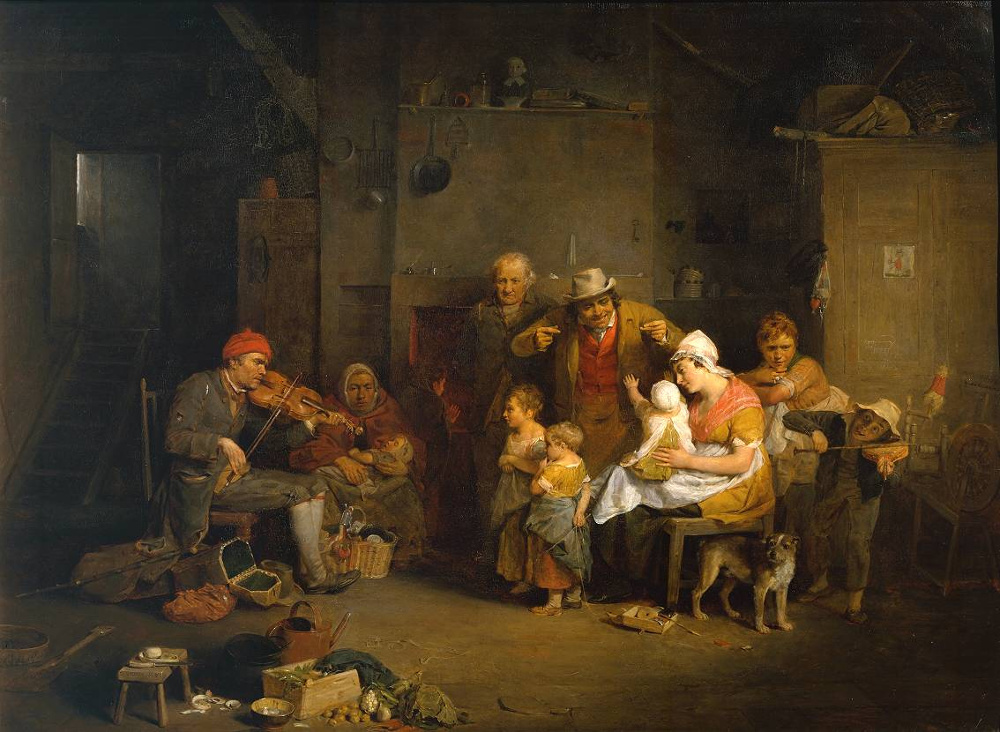

Cameron takes a different path. Her photographs are generally much simpler, and often make use of selective focus. Where a calotype renders the entire frame uniformly soft (as well as textured) Cameron uses the shallow depth of field of her instrument to render certain details soft, while leaving others sharp.
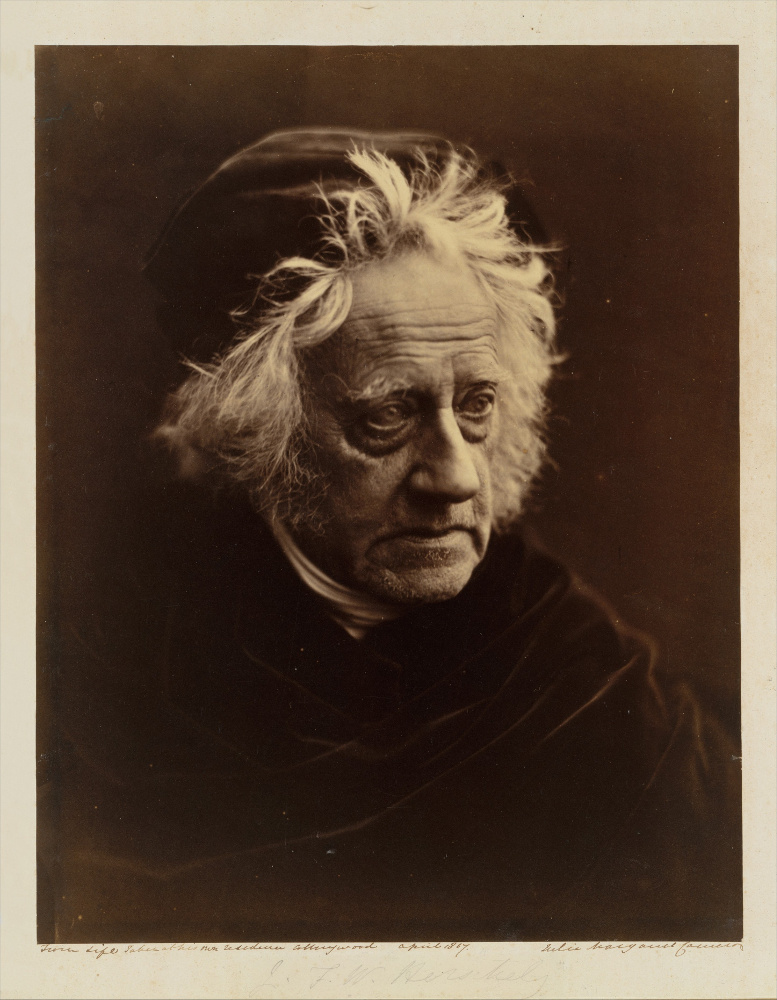
This, combined with her willingness to plunge in to darkness the background and sometimes portions of the sitter’s face, did not endear her to the photographic establishment of the day. One the other hand, her photographs are some of the earliest demonstrations of genuinely photographic methods to produce pictures which look like photographs rather than like paintings.
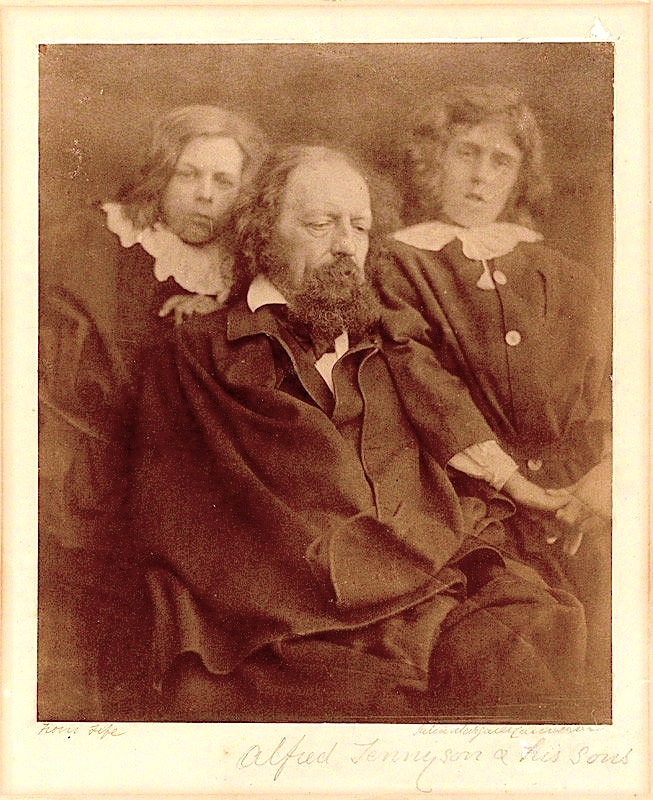
In many ways, her portraits look distinctly modern, she achieves as a basic practice the kind of results contemporary photographers are purchasing extremely fast 85mm lenses to accomplish.
No painter in 1864 would have rendered portions of the scene soft and others sharp in the fashion of the camera, and therefore neither would most of the Serious Photographers of the same time.
I don’t claim that Cameron is unique here, only rarely do we find a genuinely unique voice. What is true is that these kinds of pictures are different from the mainstream of the 1860s and 70s. What is true is that they are more distinctly photographic than that mainstream, which was consciously “painterly.”
None of this, of course, is to suggest that Cameron was immune to that curse of Victorian photography, mawkishness. Only that, when she was, she was mawkish in a distinctly photographic way.
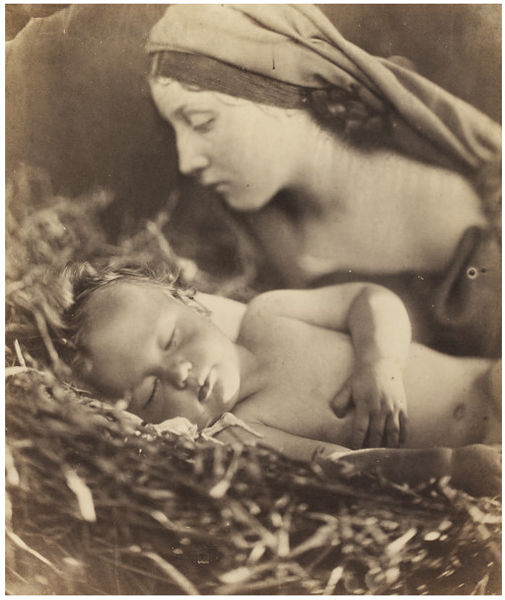
In order, though, that the camera reach its artistic potential, it was necessary to break free from simply aping the methods of painting, and to work out way to use the unique properties of the medium to express the artist’s ideas, and Cameron is, I think it can be argued, one of the first to do so in any serious way.
This is a continuing series by author – Andrew Molitor
Andrew Molitor
July 2019
Bellingham, WA
Andrew is an ex-mathematician, ex-software engineer, full-time-dad. Sometimes he takes pictures, and sometimes he writes about pictures, and he's always got opinions.






